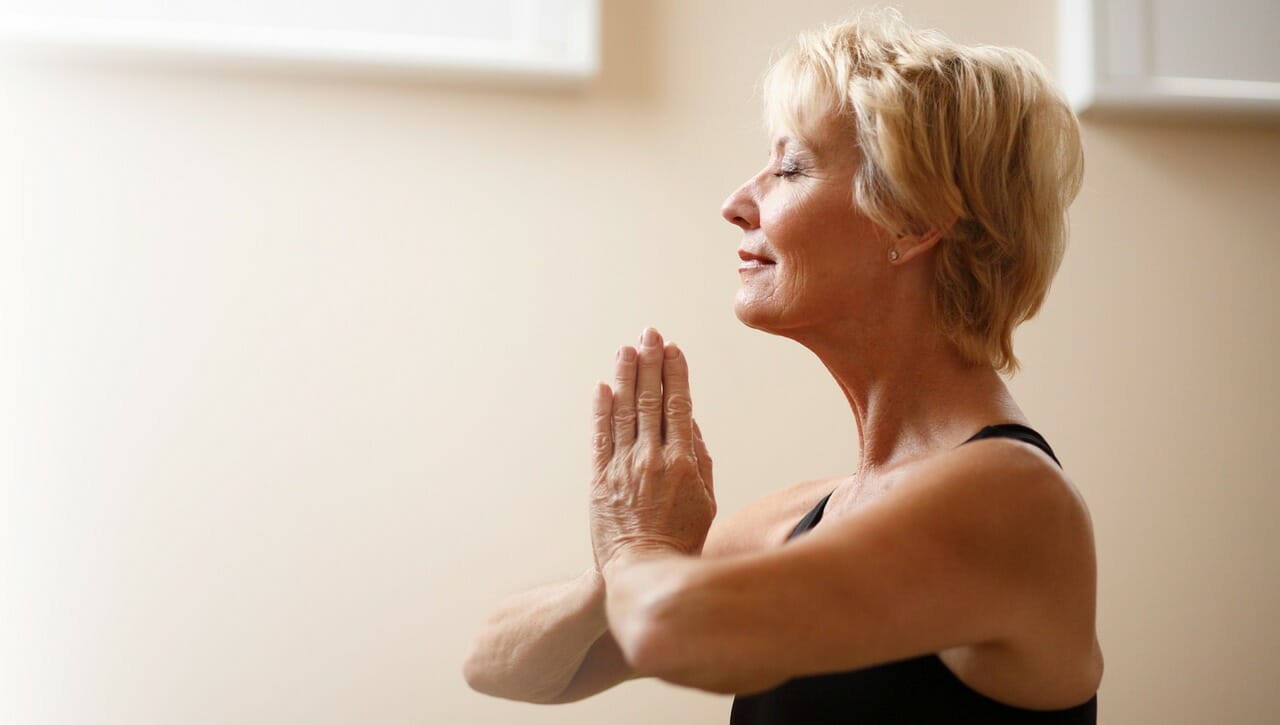Pranayama is the practice of breath regulation. You intentionally inhale, exhale, and hold your breath in a specific sequence. The goal is to connect both body and mind.
What is pranayama?
In yoga, pranayama is used alongside other practices like physical postures (asanas) and meditation (dhyana). Together, these practices are responsible for the many benefits of yoga. In Sanskrit, “prana” means like energy, and ” Yama” means control. Pranayama is Ayurvedic practice of controlling your breath. You control the timing, duration and frequency of every breath and hold. The goal of Pranayama is to connect the body and mind. Pranayama can involve many different breathing techniques, such as alternate nose breathing (nadishodhana), victorious breath (ujjayi), female honeybee humming breath (bhramari), bellows breath (bastrika).
These breathing exercises can be practiced in many ways. For instance, you can do them while performing yoga poses. You can also practice them while meditating or on your own.
DEEPER DIVE: 20 emerging business categories gaining traction in Arizona
Benefits of pranayama
The benefits of pranayama have been extensively researched. Scientific studies have shown that Pranayama may benefit health in various ways.
Lowers stress
Pranayama activates the parasympathetic nervous system (rest and digest), calming your body and mind. Studies show pranayama reduces cortisol levels. Techniques like Nadi Shodhana (alternate nose breathing) are especially good for balancing emotions. Researchers found that practicing pranayama for four weeks could significantly decrease perceived stress levels and enhance psychological quality of life.
Improves sleep
Deep breathing practices like pranayama help with sleep regulation, by requiring you to focus on your breath and promoting deep relaxation. This may be especially beneficial for those with insomnia.
According to a 2024 study, pranayama may also improve sleep quality in people with obstructive sleep apnea. The study found that the practice of breath regulation decreased snoring and daytime sleepiness, suggesting benefits for better-quality rest.
Boosts immunity
Hight blood pressure or hypertension, is when your blood pressure reaches an unhealthy level. It increases the risk for some potentially serious health conditions like heart disease or stroke. Stress is a major risk factor for high blood pressure. The practice of breath regulation may help minimize this risk by promoting relaxation.
As a type of breathing exercise, the slow, intentional breathing of pranayama may help strengthen your lungs. There is some evidence that yogic breathing may reduce cravings in people who are trying to quit smoking. Mindfulness-based yoga pranayama may decrease the negative effects associated with smoking withdrawal.
Helps you practice mindfulness
During pranayama you need to be aware of your breathing and how it feels. You also practice focusing on the present moment, instead of the past and future. This is known as mindfulness. The practice of breath regulation has a calming effect, which supports your ability to be more mindful. Some researchers mentioned that pranayama may help to raise oxygen concentration, which fuels brain cells. This contributes mindfulness by improving focus and attention.
What is the best way to practice pranayama?
To do pranayama effectively you need to practice at dawn or dusk, when nature’s rhythms are calm and temperatures mild. While these times are ideal, you can practice whenever you are alert and not overly full – avoid practicing within two hours of a heavy meal.
The space used for pranayama practice is also very important. Too cold, and focus becomes challenging, too hot, and you may feel drained or sleepy. Aim for a mild temperature, where you are comfortable in a t-shirt or light sweater, without needing a fan or heavy layers.
For an effective practice, approach with a clear mind, setting aside emotions and thoughts. Focus on your practice’s purpose to maintain mental stability. Most importantly, your goal should be personal growth, not competition or approval.




